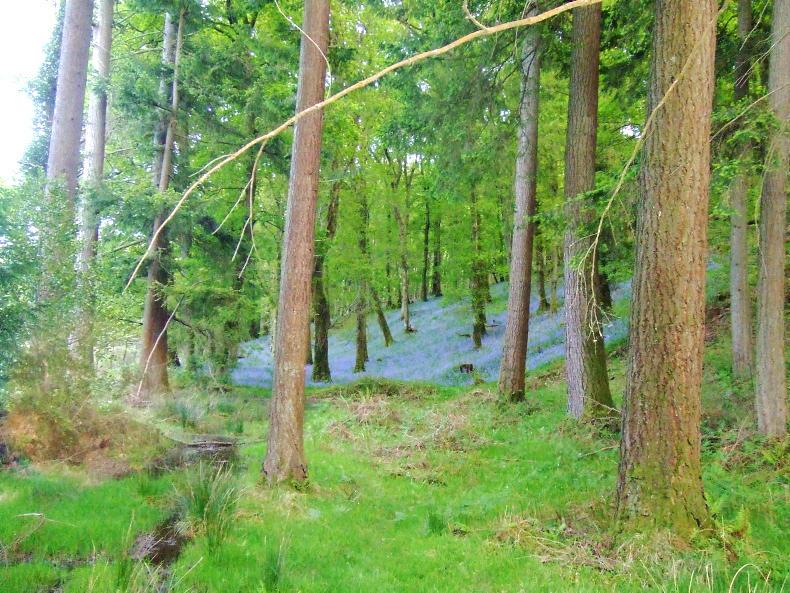When I was a young boy, the sight of a stand of bluebells was fascinating. There is something about them that fixes one’s gaze. The bluebell is visited by the honeybee. Where they grow in large stands, they provide a good source of food.
Beekeepers are in the busy part of the year’s work right now. Bee colonies are reaching their peak size, which leads to problems, not for the bee but for the beekeeper. As colonies reach maximum size, space in the hive becomes congested, making it difficult for queen pheromone to be passed around.
Queen pheromone is produced by the queen and picked up by the worker bees. It informs them that the queen is still present, and so colony adhesion is maintained. When a colony is very congested, the pheromone cannot reach each individual bee. This failure in distribution leads to the bees thinking that the queen is gone or is failing, so they will put into place a rescue scenario.
This consists of raising queen cells for the queen, if still present, to lay an egg in, or enlarging an existing cell containing a worker larva, into a queen cell. Either method will result in a new queen being produced and a subsequent swarm emerging, taking the old queen with it, if remedial action is not taken. The loss of a swarm is the loss of the honey crop. Those bees in the swarm are the ones that should be collecting nectar for the colony to turn into honey.
Beekeepers carry out weekly checks for swarm preparations and prevent it taking place by various methods or procedures. In this way, the colony is maintained in a strong condition and will produce a crop of honey, assuming environmental conditions are suitable. While plants produce flowers, environmental conditions for the production of nectar may be limiting factors.
Flowers produce nectar and pollen for a given length of time in order to become pollinated. The soil moisture, temperature, humidity, soil nutrition and sunshine all play a part in the quantity and quality of nectar production and its subsequent formation into honey.
Queen breeders will be active in producing queens for beekeepers who want to improve their stock quality. Queen breeding requires a lot of attention to detail, constantly recording and observing.
Both queen and drone progeny are monitored for productivity, disease resistance, gentleness, food consumption and food storage. Keeping a wide gene pool is essential for colony health. Many beekeepers and breeders exchange or buy in queens from different parts of the country, thus ensuring this critical component.
So, whether it is bluebells or one of a myriad of blooming plants, the colony of bees is only as good as what food it can gather. The seasons provide their flowers, and the longer days provide the greater part of those from which the honeybee collects her store.
Let us enjoy the beauty of the bluebell or any other bloom, and let the bee enjoy its fruits. CL






 This is a subscriber-only article
This is a subscriber-only article










SHARING OPTIONS: